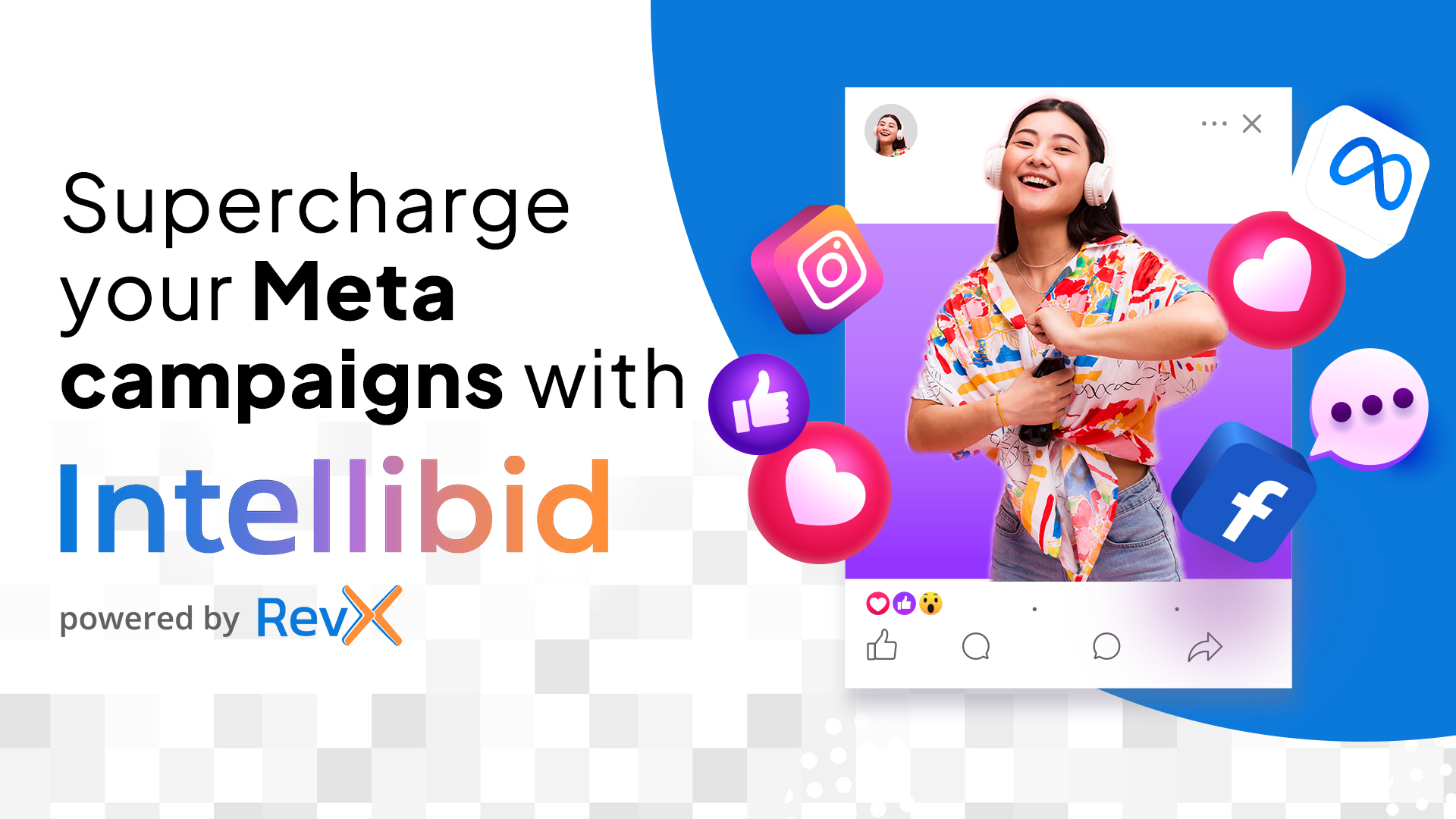Let’s talk about mobile attribution. Here we look at view-through attribution (VTA), what it entails, how to employ it correctly, and why it matters for performance marketers.
What is view-through attribution?
View-through attribution (VTA) is a model used to tracking ad impressions – compared with click-through attribution (CTA) that tracks only clicks – to attribute user conversion events as install or re-engagement from a campaign to a view of an impression, even if the user does not click.
In simpler terms, when a user views your ad but doesn’t necessarily click on it and then completes the desired action (app open, install, or purchase), this interaction is attributed to your ad via the VTA model.
This interaction infers that the user has been impacted by the ad, despite not clicking on it. Despite non-existent click, the ad’s impact can be due to various reasons: maybe the user already knew the product or brand and decided to go directly to the app or website. Perhaps the ad made an impression, but the user only purchases later instead of immediately after seeing the ad. In the gaming environment, it might also happen that when a user sees in-stream ads, she might not want to interrupt the gaming session by clicking on an ad but might come back to it after the session is done.
VTA’s attribution windows are usually short, as a way of correlating impressions with same-day installs, for example. The attribution window typically varies between 1h to 24h. It is up to the advertiser to define an attribution window depending on the user segment targeted in each campaign.
Why View-Through Attribution (VTA) Matters?
While CTA focuses on clicks as the sole touchpoint, VTA expands this into both impressions and clicks. When enabled alongside click-through attribution, VTA provides a clearer picture of your ad performance and the user journey.
View-through attribution is useful to understand which impressions influenced or not app installs and conversions. It allows advertisers to derive further insights on channel performance beyond a click interaction and make more comprehensive budget allocation decisions for maximum efficiency. It will enable advertisers to interpret the entire user journey better but doesn’t replace any other attribution methods. In fact, VTA works best when used along with last-click attribution.
The Benefits of deploying view-through attribution:
- Gives visibility into which impressions drive installs
- Offers visibility into brand and search lift.
- Provides a holistic view of the customer journey.
- Gives better insights into upper/middle-funnel performance.
- Improves optimization.
- It is useful to discover more influential campaigns to find impressions where users take action based on the view instead of click.
- It allows a more in-depth understanding of how ad impressions influence installs, which is otherwise difficult to gauge unless VTA is enabled.
Some negative assumptions about VTA persist still (we’re talking about the fear of cannibalization and double conversions), but they are quickly demystified. If anything, after deploying VTA correctly, advertisers might realize that some of the installs that you thought were utterly organic were due to your ad campaigns.
How to best use view-through attribution
Correctly Implementing VTA is essential to give an accurate view of your campaigns’ performance. Start with a correct set up from the get-go with these simple steps:
- Employ both VTA and CTA for a holistic ad performance analysis.
- Test to determine the right VTA window (industry standard is 24 hours).
- Send impression data to your ad partner for correct and timely attribution.
- Work with programmatic ad partners to identify creatives that lead to higher conversions.
View-through attribution in the context of iOS14
The industry is changing and adapting to the new developments brought forth by iOS14 and the non-IDFA era. Although effective changes will only happen in 2021, the entire ecosystem has started to prepare for the changes.
One of the solutions presented is SKAdNetwork, but it presents limitations when setting attribution windows, and it offers no impressions or view-through data, only aggregated campaign data. With SKAdNetwork, it won’t be possible to know which user made a particular install.
On iOS14, it won’t be possible to measure and attribute an ad to install unless it happens via click that can be tracked, so using view-through attribution in this setting becomes challenging.
Updated on April 2021: Apple has announced that SKAdNetwork will support view-through attribution, which suggests that it will still be very much possible to measure creative performance in IOS 14.5.
See our handy infographic below for a visual summary of all the benefits and best practices for view-through attribution (VTA), and share it with your team to get the discussion going.

Learn more: revx.io



